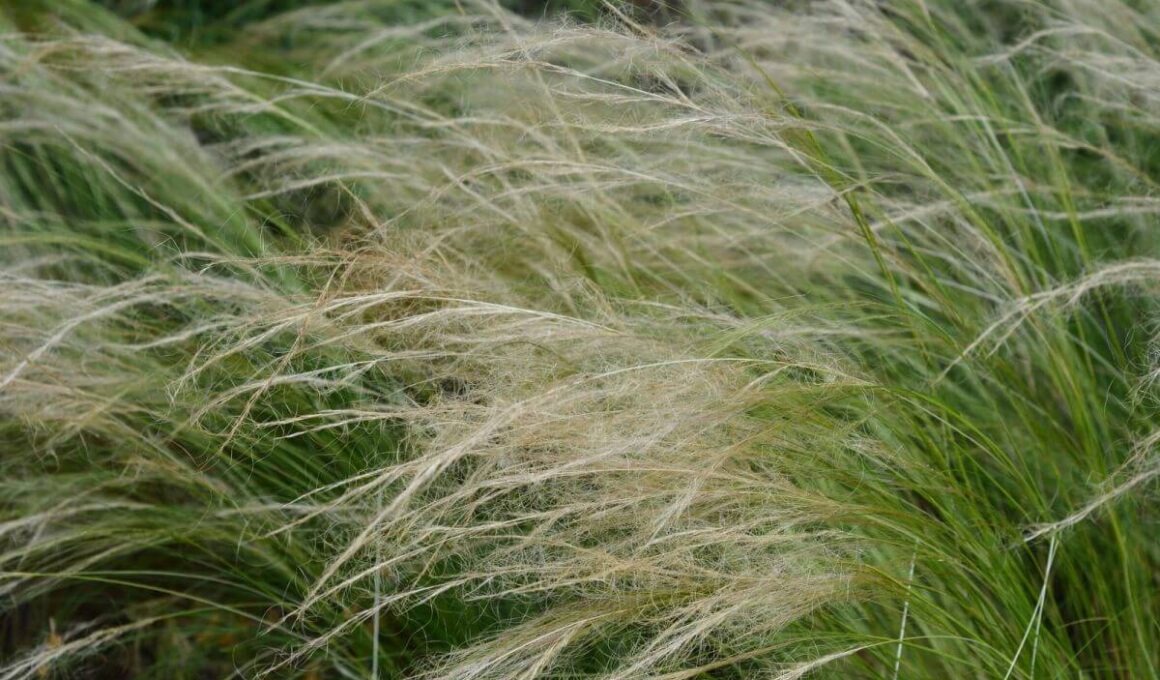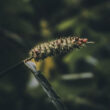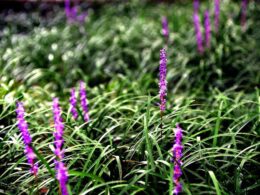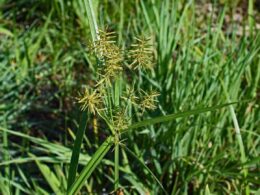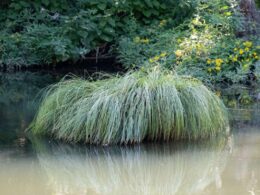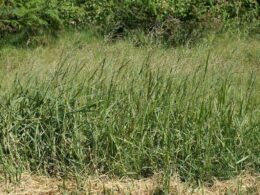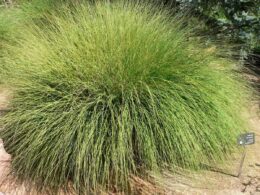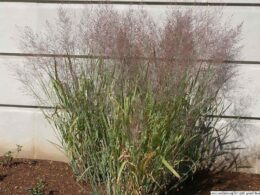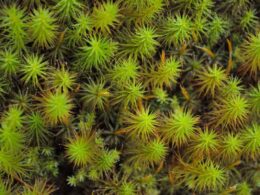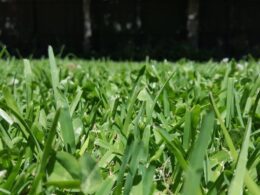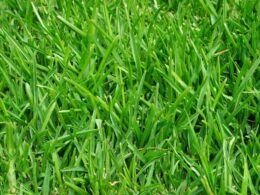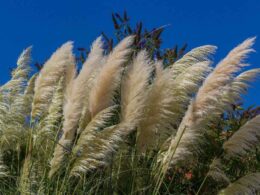About Mexican Feather Grass (Nassella Tenuissima)
Mexican feather grass (Nassella or Stipa tenuissima) is a beautiful, thin-bladed ornamental grass that is native to Argentina, Mexico and the southwestern United States. It grows in clumps and produces long, feathery inflorescences that sway in the breeze. It grows up to 2 feet tall (1.5 foot if you don’t count the bloom).
Other common names for the species include:
- finestem needlegrass;
- fineleaved nassella;
- Argentine needle-grass;
- pony tails.
This grass is very versatile and can be used in a variety of landscape designs. It’s tolerant of drought and heat, and doesn’t require much maintenance. In fact, its foliage actually looks best when it’s allowed to go somewhat dormant in the winter. If you’re looking for an attractive, low-maintenance grass for your garden, Mexican feathergrass is a great choice.
Mexican Feathergrass as an Invasive Species
Unfortunately, Mexican feathergrass is considered an invasive species in many parts of the world, including Australia, New Zealand, and South Africa. It’s important to be aware of this before planting it in your garden. Is has already become naturalized in San Francisco, and it will readily escape from gardens and invade natural areas.
So, what’s the problem with feather grass? It’s a very aggressive grass that can quickly take over an area. It forms dense mats that crowd out native plants, and it’s difficult to control once it’s established. Not only that, but it also displaces pasture grasses, harming local beef and wool production.
In some areas, it’s actually illegal to grow Mexican feather grass. If you do choose to plant it, be sure to monitor it closely to prevent it from spreading into natural areas.
How to Grow Mexican Feather Grass
If you live in an area the species is native to, don’t worry. Mexican feather grass is not considered an invasive species in most of North America. In fact, it’s a popular choice for gardens and landscapes.
This grass is easy to grow from seed. It does best in full sun and well-drained, loamy soil (with a slightly acidic to slightly alkaline pH), but it’s tolerant of a wide range of conditions. It can grow in partial shade, humid and dry conditions – however, it will lose its color during especially hot and humid summers.
Once it’s established, Mexican feathergrass is drought-tolerant. If it isn’t raining much in your area, you can give it a deep watering every couple of weeks to keep it looking its best. Otherwise, it will go dormant during periods of drought.
If you live in an area with cold winters, feathergrass will die back to the ground. However, it will quickly resprout in the spring. It’s hardy enough to withstand temperatures down to 14 °F.
How to Use This Ornamental Grass in Your Garden?
This grass is a great choice for xeriscaping (landscaping with drought-tolerant plants) and for adding movement and texture to the garden. It can be used as a groundcover, planted in mass for a meadow look, or as an accent plant. It also makes a beautiful and unique cut flower.
Propagating Mexican Feathergrass
Mexican feather grass can be propagated by seed, division, or rooting stem cuttings.
- To collect seed, wait until the feathery inflorescences turn brown and dry out. Gently rub the seeds from the heads and store them in a cool, dry place until spring.
- To propagate by division, dig up an existing clump of grass in early spring or fall. Using a sharp knife, carefully divide the root ball into several smaller clumps. Replant the divisions immediately.
- To propagate from stem cuttings, take cuttings from new growth in late spring or early summer. Dip the ends of the cuttings in rooting hormone and plant them in a container with well-drained potting mix. Keep the soil moist and warm until the cuttings are rooted.
Mexican feather grass is a beautiful and versatile plant that can add interest to any garden. With its delicate flowers and graceful movement, it’s no wonder this grass is so popular. Just be sure to monitor it closely to prevent it from spreading into natural areas.
When and How to Trim Mexican Feather Grass?
Pruning isn’t necessary, but if your ornamental grass grows too long, cutting it back will refresh it and promote new growth. Mexican feather grass should be trimmed in late winter or early spring, before new growth begins. Using sharp shears, cut the grass back to about 6 inches above the ground.
Don’t worry – this tough plant will quickly bounce back. In fact, it may even start flowering earlier than usual after a good trimming.
Mexican feathergrass blooms in mid-summer. The flowers are followed by feathery seeds that will blow in the wind. If you don’t want the grass to self-seed, you can deadhead the flowers before they go to seed.
Do Deer Eat Mexican Feather Grass?
No, deer don’t typically eat Mexican feather grass, and neither do rabbits. However, they may nibble on it if they’re desperate for food and there’s nothing else around. If you live in an area with a lot of deer, you may want to protect your plants with fencing or netting.
Is Feather Grass Poisonous to Pets?
No, feather grass isn’t toxic to pets. In fact, it’s often used in pet-friendly gardens because it’s safe for dogs and cats. However, if your pet eats a lot of grass, it may cause vomiting or diarrhea. If this happens, give your pet plenty of water and contact your veterinarian.
And that’s all there is to know about Mexican feather grass! This versatile and drought-tolerant plant is a great addition to any garden. If you have any additional tips or questions, share them in the comments below.





